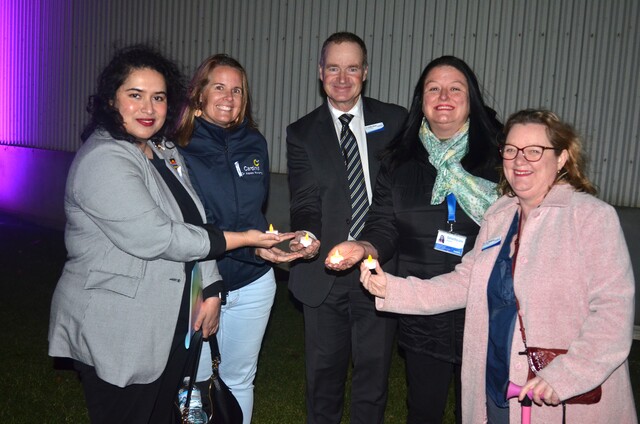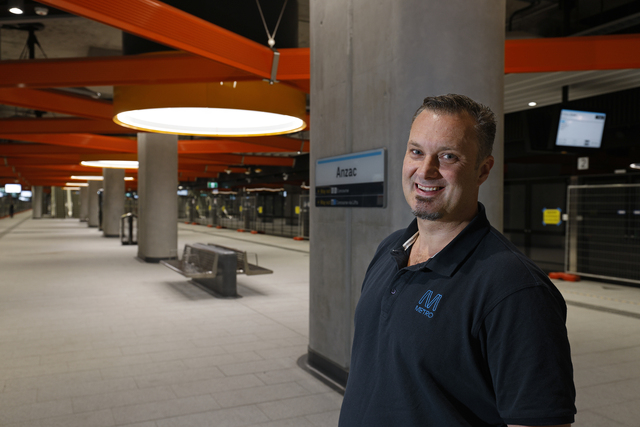Australia has faced an array of challenges over the last few years, from natural disasters to the ongoing cost-of-living crisis.
Remaining a constant source of stability through these difficult times, volunteers are now more important than ever.
As the cost-of-living crisis bites, volunteers are vital in supporting our communities and helping those who are struggling in the challenging economic climate. Volunteering takes many forms, from fighting bushfires and supporting healthcare to simply bringing a smile to someone’s face.
Volunteers are an integral part of Australian society, and it is estimated that over five million people volunteer through an organisation annually, while an additional 6.5 million provide informal volunteering support within their community.
A new report from Volunteering Australia featuring the latest volunteering data reveals key insights into the motivations and types of volunteering undertaken in Australia. The most encouraging finding is that, as pandemic restrictions have lifted, over two-thirds (69 per cent) of volunteers are now back in person as change makers in their organisation.
The data also reveals that for almost three-quarters (72 per cent) of volunteers, personal satisfaction, and the desire to do something worthwhile are primary motivations. Helping others and the community is also a significant motivator, with 61 per cent of volunteers indicating this as a driving factor.
CEO of Volunteering Australia, Mark Pearce, explains that whilst the common volunteering motivators are personal satisfaction and helping others in the community, motivations can differ with each sector.
“Volunteering extends across society, including in the arts, education, emergency services, sports, environment, health, aged care and disability, community welfare and other vital community programs. Our new analysis of the latest volunteering data demonstrates that not all motivations and modes of volunteering are the same across sectors,” says Pearce.
“For me, it was my love for animals that led me to volunteer my time and be a part of the Animals Australia board. Additionally, I believe that everyone has a right to education that is tailored to their needs, so I volunteered my time launching The Sycamore School.
“Opening in 2017, the school was the first facility in Queensland to provide specialist support and education to people on the autism spectrum,” says Pearce.
The lockdown experience taught us the necessity of connection to others. In fact, seeking social contact was the most influential motivation to volunteer in emergency services (53 per cent), arts and heritage (49 per cent), and aged care (45 per cent) organisations.
“This year’s National Volunteer Week theme, ‘The Change Makers’, highlights the powerful impact volunteers across all sectors make, supporting individuals, communities, and the nation. The week-long event recognises the millions of volunteers across Australia giving their time and energy to make change in our communities while encouraging others to consider putting their hand up.
“Places to start your volunteering journey include the GoVolunteer website, contacting your State and Territory volunteering peak body or by approaching organisations in your local community.”
Looking ahead, the new National Strategy for Volunteering (2023-2033) presents our collective vision for a future where volunteering is at the heart of Australian communities. The new data suggests this vision will be realised through celebrating all the different reasons why people volunteer and what motivates them to be change makers in their communities.
National Volunteer Week (15 – 21 May) is Australia’s largest annual celebration of volunteering. Recognising there is always more work to be done, Volunteering Australia is inviting all Australians to become a Change Maker by volunteering or simply helping increase awareness of the vital role volunteers play in our lives this National Volunteer Week. For more information Aussies can visit volunteeringaustralia.org







